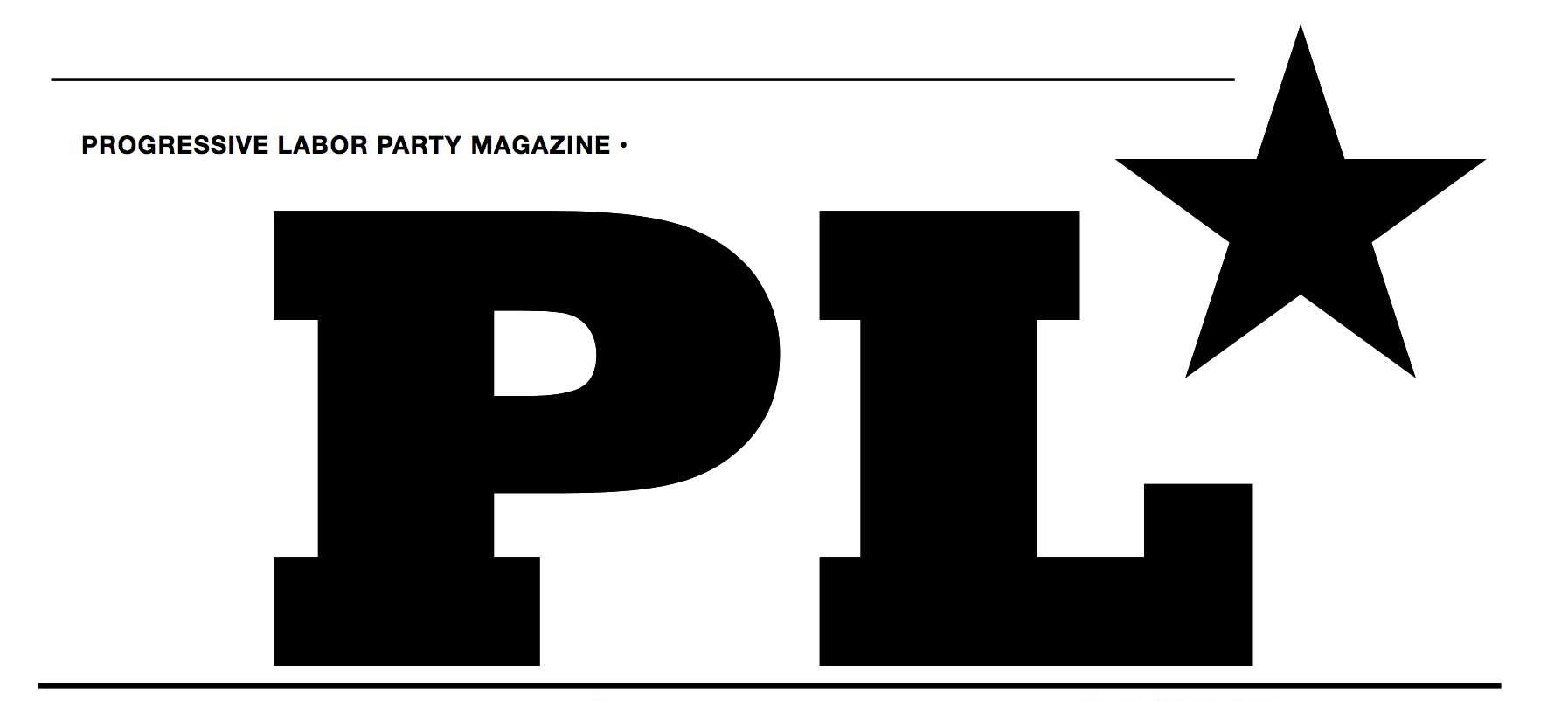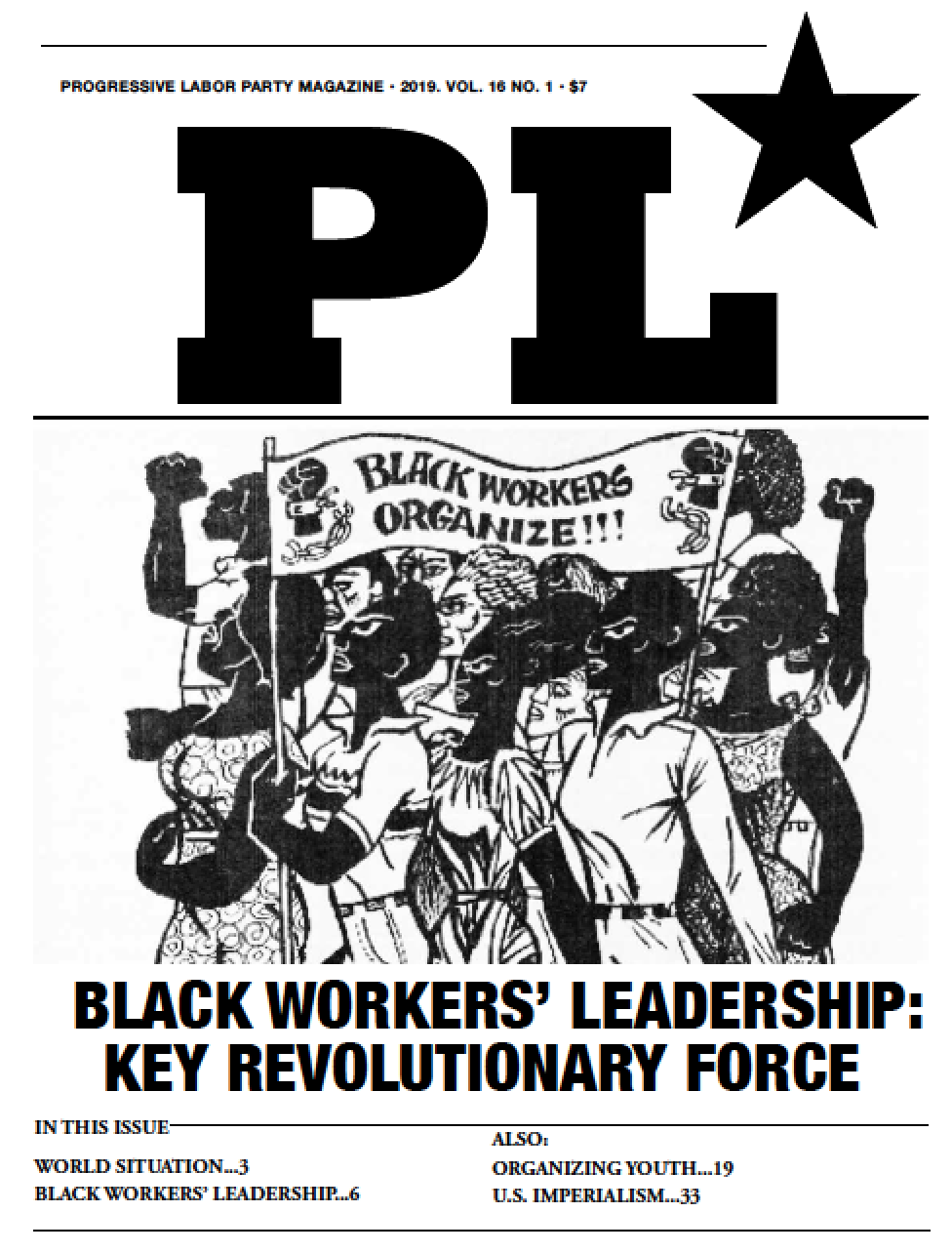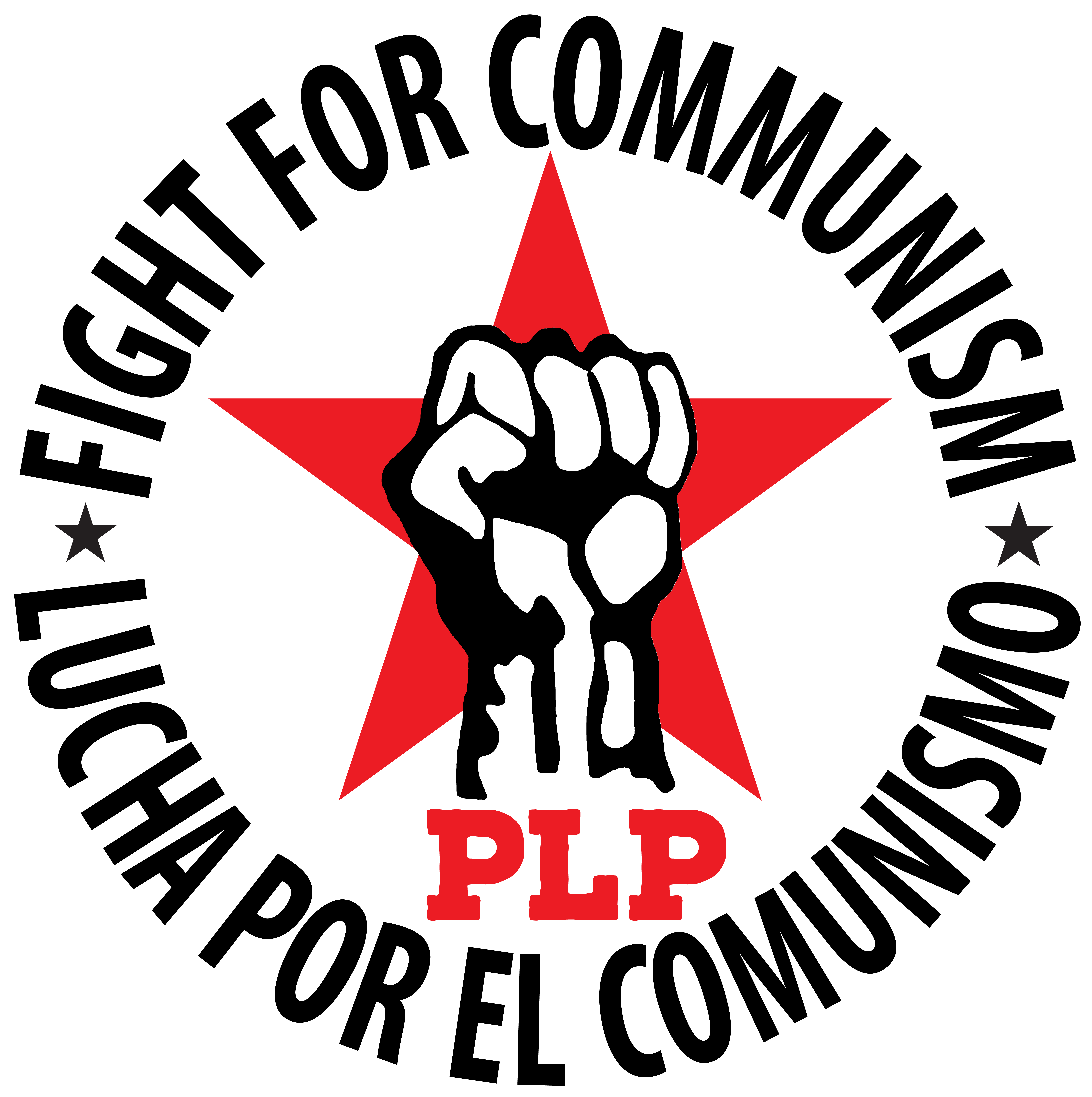May Day’s Communist Roots Belie Rulers’ Reform Sham
 Wednesday, April 25, 2012 at 11:56AM
Wednesday, April 25, 2012 at 11:56AM May Day has always had two sides to it: one that demands reforms, and the revolutionary side that organizes to destroy capitalism. May Day commemorates a massive strike wave in the U.S., and the particular battle in Chicago’s Haymarket Square in 1886. The movement’s leaders demanded an 8-hour day, but also advocated the “abolition of the wage system.” Six of them were hung by the rulers for their allegiance to the working class and defiance of capitalism. Then and now the capitalists feared this revolutionary side to May Day.
In 1848, Marx and Engels wrote in the Communist Manifesto, “A specter is haunting Europe, the specter of Communism.” By 1886, the rulers of Chicago saw this specter. “The newspapers and industrialists were increasingly declaring that May 1, 1886 was in reality the date for a Communist working-class insurrection modeled on the Paris Commune. According to Melville E. Stone, Head of the Chicago Daily News...a ‘repetition of the Paris Communal riots was freely predicted’ for May 1, 1886” (Page 90, “Labor’s Untold Story,” Boyer and Morais).
In December 1886, San Francisco transit workers joined this rising strike wave. They demanded a workday reduction from 13-15 hours to 12 hours (then 7 days a week), and for a pay increase from $2.25 to $2.50 a day. “Strike-breakers were hired, and there was a great deal of violence. Cars were damaged, strike-breakers were beaten, and one person was killed.” Newspapers reported eight instances of the use of dynamite by the striking workers. In March 1887, the Governor signed a bill “limiting gripmen, drivers, and conductors to a 12-hour day.” (“Transit In San Francisco” published by SF MUNI RR Communications Department.)
In the 1880’s the early leaders of the American Federation of Labor were somewhat radical — it was actually an AFL delegate’s report to the Marxist-led International Workingmen’s Association that led to the call for the first May Day.
But by the 1920’s the pro-capitalist AFL leadership, fearing the growth of communist ideas in the working class, collaborated with the U.S. government to subvert May Day. At the 1928 AFL Convention, the Executive Council supported a Congressional resolution to make May 1 “Child Health Day.” They said, “May 1 will no longer be known as either strike day or communist labor day.”
The revolutionary side of May Day dominated when the communist movement was strong. During the peak of the communist organizing of the CIO’s industrial unions in the 1930’s and ‘40s, May Day was celebrated in the U.S. As many as 250,000 would march to New York’s Union Square. However, with the advent of the Cold War, and U.S. imperialism’s launching of a worldwide anti-communist offensive, the bosses’ government in Washington helped oust communists from union leadership by making it illegal for them to hold union office. With the triumph of business unionism and anti-communism, organized labor discarded May Day and recognized Labor Day in September.
However, in 1971 PLP resurrected the annual May Day march from its abandonment by the old U.S. Communist Party. PLP has marched in many cities every year since.
From the Haymarket battle in 1886, revolutionary workers spread May Day around the globe. But history is written by the conquerors, and many workers born here know nothing of the contribution that the U.S. working class, with the support of the international working class and communist movement, made to the development of this revolutionary holiday. Today May Day is the official Labor Day in most countries, but the leadership of these marches demand reforms, and stress the “common goals” of labor and capital.
PLP has learned from the triumphs of the communist movement in the USSR and China, and from their failure to fight directly for communism. We advocate “Abolish the Wage System” as part of changing the relationship of workers and work in a new communist society.
The abolition of money, of production for sale and profit and of the wage system is absolutely necessary to establish communism. When the international working class wins and holds control over all economic, political and cultural institutions of society, it will unleash a creative power that will propel the human race to its highest accomplishments in all fields of endeavor. We call this the dictatorship of the proletariat. We need a mass revolutionary communist party to achieve this. The capitalists will use every means — including mass, fascist terror and war — to prevent it.
For the last several years some groups now want to “Reclaim May Day.” They want to reform the “evils” of capitalism, but disconnect May Day from its communist roots. PLP seeks to keep May Day as a revolutionary international working-class holiday; to advance and popularize communist production for need as the future of the human race; to develop a strong and healthy class hatred that will destroy wage slavery and fascism everywhere.
Long live the 1st of May, the revolutionary, international, working class holiday! Fight for communism!





 Progressive Labor Party (PLP) fights to destroy capitalism and the dictatorship of the capitalist class. We organize workers, soldiers and youth into a revolutionary movement for communism.
Progressive Labor Party (PLP) fights to destroy capitalism and the dictatorship of the capitalist class. We organize workers, soldiers and youth into a revolutionary movement for communism.




Reader Comments